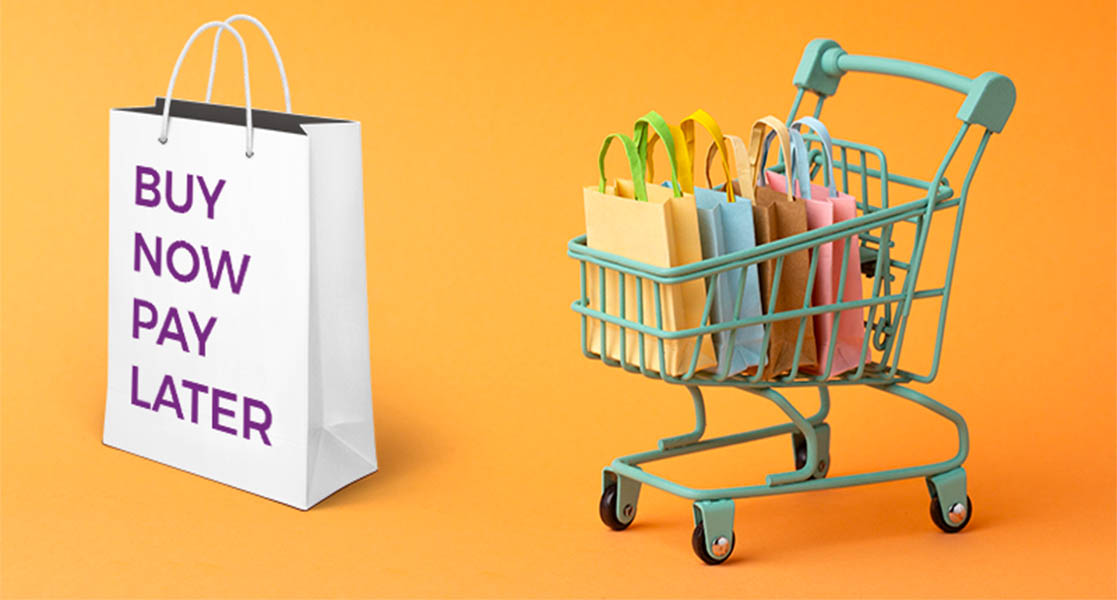What Is BNPL?
A Buy Now, Pay Later (BNPL) is a point-of-sale loan that is offered at the time of checkout. A BNPL allows the customer to pay for a product over a specified period rather than paying the retail price upfront.
BNPLs, however, if not understood, can have several hidden costs and burdens.
Owing to Innoviti’s partnership with top banks and brands, customers are now able to avail straightforward and flexible BNPL options thanks to no-cost EMI plans.
Challenges Associated With BNPL
Projected to grow from 2% to 9% by 2024, it is important to control the risks associated with BNPL. We’ll look at three of the most frequently encountered difficulties.
-
Risk of Missed Payments and Defaults A contributing factor that’s raking a bad name for BNPL is payment defaulting. Customers who do not automate their payments either miss or default on their payments. This hurts their credit score and dissuades merchants from offering BNPL in the future.
-
Impulse Buying and Undisciplined Users A prevalent complaint of BNPL is that it caters disproportionately to young and financially precarious people with a propensity for reckless spending. While this is a target demographic for BNPL, undisciplined spending defeats the purpose of BNPL leading to a great deal of trouble and financial losses to both merchants and customers.
-
Regulatory Concerns The enormous development and popularity of BNPL have drawn attention to them, and regulators are cautious with BNPL schemes.
The Reserve Bank noted in a recent study titled “Report of the Working Group on Digital Lending” that several private sector banks and international banks offered their customers the ability to take up Buy Now Pay Later (BNPL) loans. Since these products don’t fit the criteria for conventional credit facilities, it is noted that BNPL should be recognised as a type of balance sheet lending.
To work around regulation, several BNPL providers abroad argue that they are service providers and payment gateways rather than credit providers. Without a robust policy framework that lends BNPL providers the breathing space to grow, the present regulatory hurdles will prove to hamper the organic roll out of BNPLs.
However, considering all the regulatory concerns, Innoviti has launched its BNPL schemes to step forward toward becoming the number one purchase partner for all Indian consumers.
FAQs
BNPL are essentially credit instruments as they give consumers the option to defer payments and accumulate debt, which are the two requirements for receiving credit. However, when the loan is repaid on time, BNPL doesn’t charge any interest or service costs.
Boost your credit rating by paying your outstanding bills using Innoviti’s BNPL scheme with a robust data security-enabled Innoviti EMI wallet.
It might make sense for some purchases if you use a BNPL service rather than a credit card. While there is rising preference for BNPL type of lending, credit cards continue to be more valuable than BNPL services.
Merchants profit from BNPL since it drives up customer retention and conversion rates. BNPL transactions greatly profit merchants as the retail amounts are remitted to their accounts right away. This shifts the ownership of the credit risk to the payment provider. Providers use the money collected from each merchant for each transaction as merchant fees or commission.
Conclusion
BNPL as a strategy, holds the promise to draw more clients to make an instant purchase, which works well for BNPL’s future. It is still a loan that the consumer must repay, and since not everyone will be able to repay the loan in full within the agreed-upon period, lenders will need to exercise caution.
To avoid unforeseen budget hurdles, merchants mostly prefer Innoviti’s EMI wallet as it offers budget-sensitive plans on both credit cards and debit cards. This decreases the probability of defaulted payments as these plans are offered over flexible tenures. With Innoviti’s BNPL offerings, merchants are making more sales than ever before!
